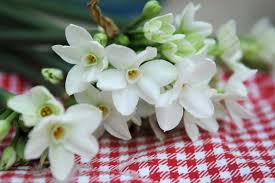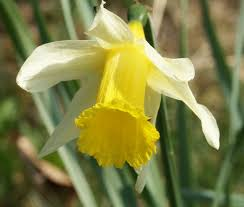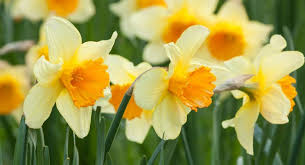The article you’ve shared covers the 13 divisions of daffodils, providing a detailed overview of each type, their characteristics, and a selection of popular cultivars for gardeners to consider. Here’s a summary of the key divisions mentioned:
- Trumpets: Large-flowered with long, prominent coronas, blooming in early to mid-spring.
- Large Cupped: Flowers with a corona that is at least one-third of the length of the petals, often fragrant.
- Small Cupped: Features small, button-like coronas, offering a focal point in bicolored hybrids.

- Double: Showy blooms with frilly double petals, great for cutting and naturalizing.
- Triandrus: Pendulous flowers, often fragrant, suitable for borders and cutting gardens.
- Cyclamineus: Miniature daffodils with reflexed petals, known for their delicate beauty.
- Jonquilla: Features multiple small blooms per stem with a sweet fragrance, good for indoor forcing.
- Tazetta: Floriferous varieties with several flowers per stem, known for their strong scent.

- Poeticus: Outward-facing flowers with white petals and a small cup, known for their strong fragrance.
- Bulbocodium: Petite daffodils with bell-shaped cups, perfect for borders and rock gardens.
- Split Cupped: Flowers with split cups, creating a butterfly-like appearance.
- Other: Hybrids that don’t fit into the other divisions.
- Species, Wild Variants, Wild Hybrids: Daffodils that are wild or naturally occurring in the wild.

Each division offers unique features, from fragrant flowers to varying bloom sizes and times. Many daffodils are also great for forcing indoors, allowing gardeners to enjoy their beauty in winter.
